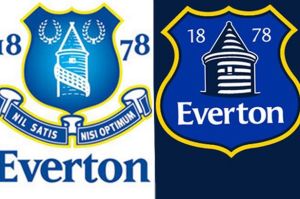You are? Thank goodness for that. But does your website need to say it?
Next time you have 5 minutes to spare, do what I do: play The Professionals. It’s a game entirely of my own devising and not related in any way to the bubble-permed TV show of the 1970s.
This is a game where you trawl the websites of lawyers, accountants, dentists, architects, engineers and anyone else who’s fearsomely qualified, and count the number of times they use the word ‘professional’.
Stating the obvious
Some things we can all just take as read. If you’re a member of the above professions, we know you’re a professional – and saying it doesn’t make it any more real. It’s not as if you’re competing against any amateur lawyers or dentists, is it?
Show not tell
I’m not suggesting we all stop extolling our credentials. It’s just that ‘professionalism’ is as intangible as ‘friendliness’. It’s for others to judge through their experience of knowing you or working with you. Saying “I am friendly” won’t convince anyone you are – although it might convince them to edge just a little bit further away.
It’s the same with professionalism. You show it. Online or in print, your professionalism is demonstrated by your portfolio, your testimonials, your qualifications and case studies. It’s a jigsaw of evidence that creates an image in the mind of the reader – and you can’t subvert that process by simply saying “I am/we are professional.”
So save the space. Banish that word, and let the evidence do the heavy lifting of convincing your clients that you are who you say you are.
After all, you can trust me. I’m a professional writer.
Happy Mike is a Happy – and happy – copywriter. He’s a member of the Professional Copywriters’ Network and the Society of Authors. He writes words that accompany Happy Creative’s smashing designs.


